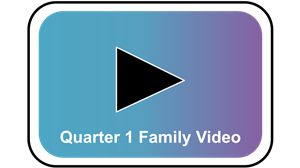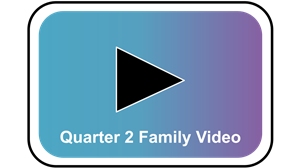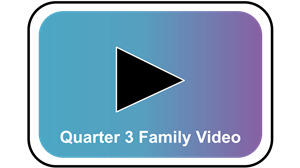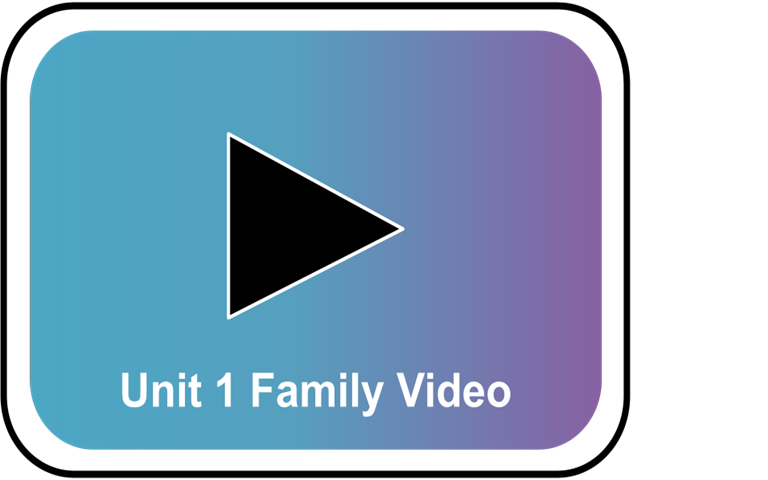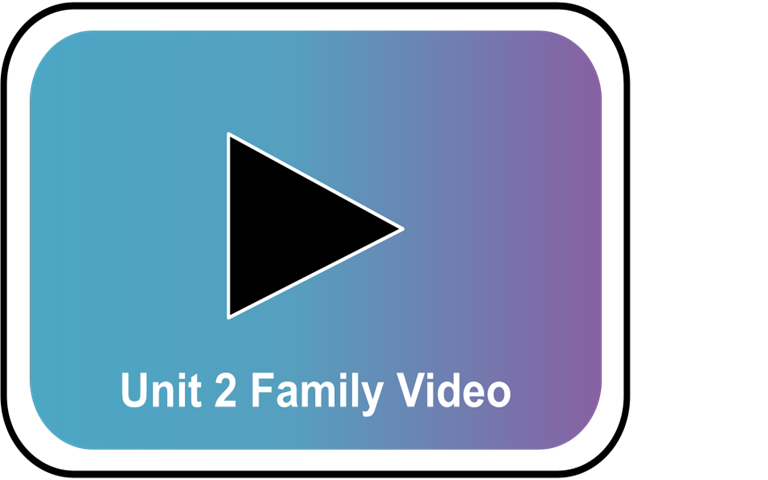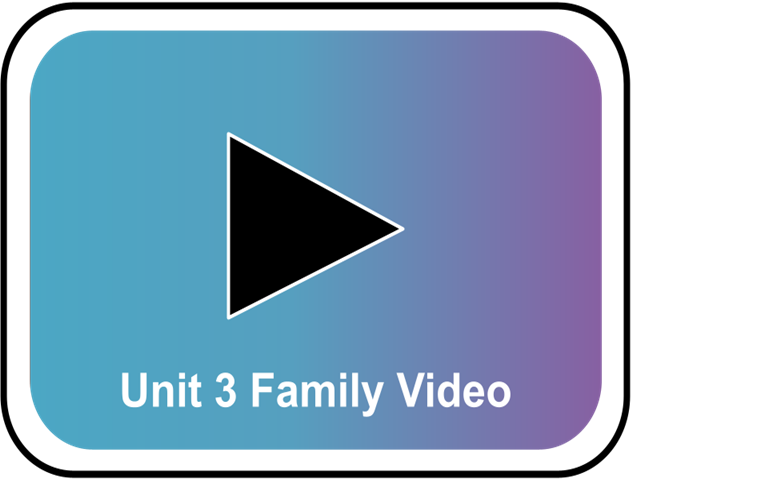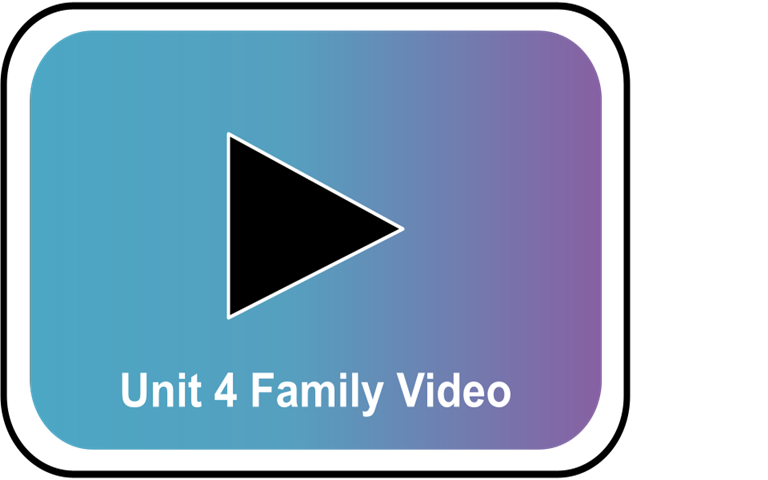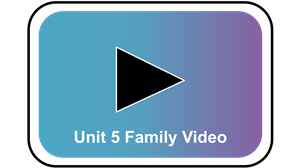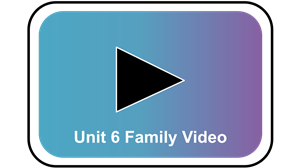Welcome to First Grade!
-
Purpose of the Guide
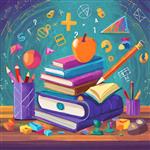 Students in Charlotte-Mecklenburg Schools follow the state of North Carolina’s expectations for what every student will know and be able to do by the end of their current grade level. This guide is designed to help you support your child by understanding those expectations, provide everyday activities to reinforce their learning at home and partnering with their teachers throughout the school year.
Students in Charlotte-Mecklenburg Schools follow the state of North Carolina’s expectations for what every student will know and be able to do by the end of their current grade level. This guide is designed to help you support your child by understanding those expectations, provide everyday activities to reinforce their learning at home and partnering with their teachers throughout the school year.
This guide includes… Key Skills for Reading and Math
Key Skills for Reading and Math-
- Understand the most important things your child should know and be able to do by the end of the school year.
 Questions to Ask Your Child
Questions to Ask Your Child-
- Engage in conversations with your child using these suggested reading and math questions.
 Topics to Discuss with the Teacher
Topics to Discuss with the Teacher-
- Find sample questions and topics you might want to talk about with the teacher related to reading and math skills.
 Learning Activities
Learning Activities-
- Explore some easy ways you can support your child’s learning important reading and math concepts and skills.
 Words to Know
Words to Know-
- Learn some important words and acronyms used at school to “speak the same language”.
 Helpful Resources to Practice Skills at Home
Helpful Resources to Practice Skills at Home-
- Click the link to access a collection of reading and math resources aligned to your child’s grade level.
-
Resource Guides
-
Quarter 4
Module 4 Family Video
-
Reading familiar words automatically
-
Read first grade level texts with accuracy, appropriate rate, and expression.
-
-
Quarter 1
- Fluently Add and Subtract within 10
- Online game: Ten Frame Mania
- Add and Subtract within 20 with word problems
- Four new Word problem types
- Printable: 1st Grade Problem Types Organizers
- Students also use the addition symbol (+) to represent “add to” and “put together” situations. The unknown in these situations is what is being added.
- Students also use the subtraction symbol (-) to represent “take from” and “separate” situations. The unknown in these situations is what is being subtracted.
- “Compare” problems are introduced in first grade. In a compare situation, two quantities are compared to find “How many more” or “How many less.” One reason “compare” problems are more advanced than the other two major problem types is that in “compare” problems, one of the quantities (the difference) is not present in the situation physically.
- Take a survey with 3 categories, organize the data, and interpret by answering questions about the data
- Fluently Add and Subtract within 10
-
Quarter 2
- Become skillful problem solvers and persevere through difficult problem types
- Activity: Reading stories that show addition and subtraction is a great way to enhance learning. As you read aloud with your child, have him/her solve or write problems about the story/characters.
- Animals on Board by Stuart J. Murphy
- Jack the Builder by Stuart J. Murphy
- Ready, Set, Hop! by Stuart J. Murphy
- Safari Park by Stuart J. Murphy
- Activity: Reading stories that show addition and subtraction is a great way to enhance learning. As you read aloud with your child, have him/her solve or write problems about the story/characters.
- Count forward from a given number within the known sequence instead of starting at 1 (count to 150)
- Understand a two digit number is made up of tens and ones
- Online Game: Hundreds Chart Patterns
- Students practice strategies such as:
-
-
- Counting on or back,
- Doubles ( 2 + 2, 4 + 4)
- near doubles (2 + 3, 4 + 5)
- Making ten (5 + 5, 3 + 7, 4 + 6)
- Relationship of addition and subtraction
-
-
- Online Tool: Part Part Whole Mat
- Online game: Spin twice to create a two digit number and then build it with virtual cubes or bundle popsicle sticks or linking cubes into tens and ones
- When practicing adding and subtracting use any material found at home:
- Cereal, Toy cars, Crackers, or Legos
- Count to 150 Starting at Any Number
- Online Game: Hundreds Chart Patterns
- Online Tool: Part Part Whole Mat
- Online game: Ten Frame Mania
- Online game: Spin twice to create a two digit number and then build it with virtual cubes or bundle popsicle sticks or linking cubes into tens and ones
- Become skillful problem solvers and persevere through difficult problem types
-
Quarter 3
- Decompose a number by place value
- Compare, add and subtract two digit numbers
- Decompose a number by place Value: Tens and Ones Video
- Printable activity: Scoop De Do
- Printable activity: Broken Hundred Chart
- Students continue their work with tens and ones through adding and subtracting a two digit number to a one digit number as well as adding and subtracting a two digit number to or from a multiple of ten.
- Students use the 'make a ten' strategy
- Students add on a number line
- Students also use a variety of manipulatives sometimes along with another tool such as a number line
- Activity: Compare two digit numbers
- Students will compare two-digit numbers and use the greater than (>), less than (<), and equal to (=) symbols.
- Printable Game: Big Cheese
- Understanding the equal sign
- Online Tool: Base Ten Blocks
-
Quarter 4
- Order 3 objects by length-shortest to longest or longest to shortest
- Measure lengths with nonstandard units-measure a pencil with paper clips
- Tell time in hours and half-hours using analog and digital clocks
- Build and describe rectangles, squares, trapezoids, hexagons, circle, cubes, rectangular prisms, cones, spheres, and cylinders
- Partition circles and rectangles into two and four equal parts.



